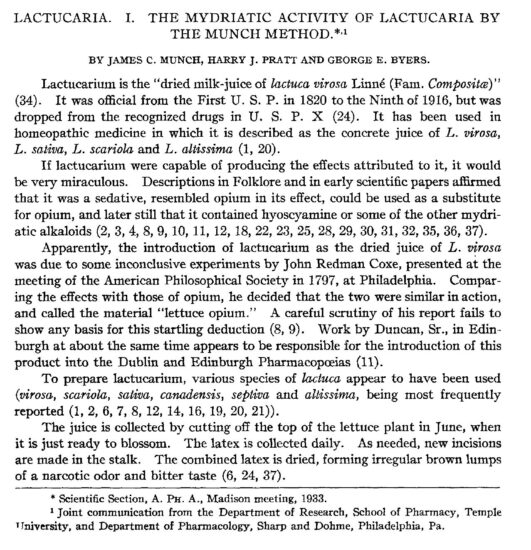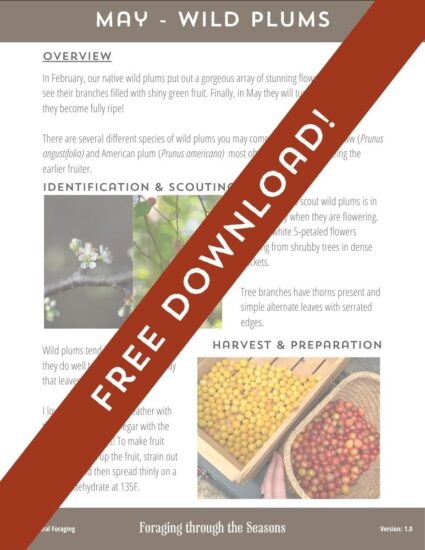Wild lettuce safety
Wild lettuce (Lactuca spp.) is an herb that is gaining in popularity due to its reported effects of aiding in conditions such as insomnia or pain. Certain varieties are also used as a salad ingredient or green. With its rising popularity, one may also be concerned with the safety of wild lettuce and wonder, is wild lettuce toxic?
In this article, we will conduct an investigation into the claims of wild lettuce toxicity and its legitimacy.
Disclaimer
The thoughts and words in the article are the opinion of the author and do not constitute medical advice in any form. If one is interested in using wild lettuce as a medicine, they should consult a qualified medical professional.
The case claiming wild lettuce toxicity
Case Details
- mydriatic pupils (dilated)/blurred vision/ red eyes
- urine retention
- dry mouth
- dizziness/nausea/vomiting
- loss of consciousness
- headache
- anxiety/agitation
- hallucination/euphoria
- sympathetic hyperactivity (tachycardia, sweating, flushing)
- ataxia (coordination loss)
- abdominal cramps
Does wild lettuce contain hyoscyamine?
Do wild lettuce species contain this compound? Potentially. In 1892, a study was published titled, “The Existence of a Mydriatic Alkaloid in Lettuce” by Dymond, which examined Lactuca sativa and Lactuca virosa as potentially having mydriatic (pupil dilating) effects. The authors state that these species did have that effect and cited hyoscyamine as the potential culprit. Case closed? Not yet, let’s keep exploring.
Several subsequent studies support or refute the findings of the 1892 paper so the results are inconsistent. The latest article I found on the subject was a 1933 study, “Lactucaria I. The Mydriatic Activity of Lactucaria by the Munch Method” by Munch et al. They tested 4 methods using Lactucarium, obtained three samples of lettuce to produce fluid extracts, and found no mydriatic activity when tested on cats.
The specimens in the 1933 study were dried whereas those mentioned in the case were raw. Could this have an effect? It’s possible, but in Maude Grieve’s, A Modern Herbal she writes this about Henbane, a plant known to contain hyoscyamine “Neither drying nor boiling destroys its toxic principle”. Additionally, the 1892 paper also used dried specimens. Therefore it is unlikely that the drying of wild lettuce specimens would have an effect on the potential “mydriatic principle”.
No modern studies have confirmed the presence of hyoscyamine or atropine in Lactuca.
An alternative explanation of the toxicology case
Let’s now entertain an alternate theory: that the “wild lettuce” reported by the climbers was misidentified. The doctors in the case relied heavily on the account of the of the climber for their suspicion of “wild lettuce” specifically. Though they do mention that an analysis of their stomach contents was conducted, without expensive DNA analysis (highly unlikely in a case like this) it would be nearly impossible to positively identify a plant from chewed up, partially digested material.
Relying on the identification by a group of people likely inexperienced with botany, what are some other possibilities of the plant they encountered and consumed? Members of the Atropa, (Deadly Nightshade) Datura (Jimsonweed), and Hyoscyamus (Henbane) genera all also occur in Northern Iran. Unlike Lactuca the members of those genera are known to contain hyoscyamine and atropine.

Without any other sources modern sources of information on wild lettuce toxicity. I find it hard to draw a strong conclusion that wild lettuce is the legitimate culprit in this case.
As such a popular herbal medicine, surely we would encounter other cases like this?
I also wonder why I, an individual who has personally used large doses of mature wild lettuce (Lactuca serriola) extract, experienced none of these symptoms whatsoever! As we saw before from Grieve’s account of henbane, if hyoscyamine was present in wild lettuce, it should have made it into my extract. This all leads to my hypothesis.
The real culprit from this toxicity case is far more likely to be a member of one of the: Atropa, Datura, or Hyscamus genera than that of Lactuca.
Do keep in mind that this is just my own conjecture based on a logical analysis of the report. In order to make a complete determination, a chemical analysis of wild lettuce for the presence of hyoscyamine is required.

A Cautious pragmatic approach
The 1892 study that claimed to find the presence of hyoscyamine in wild lettuce also states “The fact that lettuce contains a poisonous alkaloid is not of great importance in connection with its use as a vegetable since it is only used for this purpose in the early stages of its growth, before the bitter milk has been produced, when hyoscyamine is only present, if at all, in minute quantities.” (A reminder that several subsequent studies did not find any hyoscyamine whatsoever)
I use wild lettuce in one of two ways. Either I eat the young leaves of Canadian Wild Lettuce (Lactuca canadensis) as a salad green or I make an extract with Prickly Wild Lettuce (Lactuca serriola).
I have eaten much greater portions of raw Canadian Wild Lettuce than any person reasonably would in one sitting (greater than 4 cups) on an empty stomach with zero adverse reactions. I have seen zero instances of negative reactions to the consumption of young Canadian Wild Lettuce (as we’d expect).
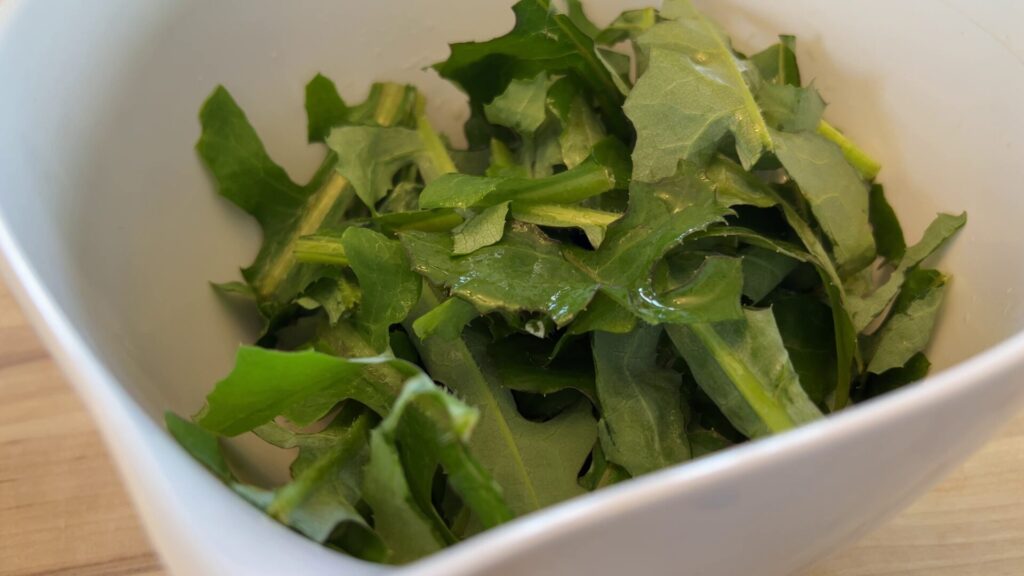
I have also taken large doses of a concentrated extract from Lactuca serriola with none of the effects mentioned in the toxicology report whatsoever.
If you are concerned about the 2009 BMJ report that we explored in this article simply don’t consume mature wild lettuce raw. Here is the thing though, unless you were after something very specific, nobody is going to be consuming mature wild lettuce raw (or young L. virosa/serriola) because it tastes unpalatably bitter! I have trouble swallowing even the smallest bite!
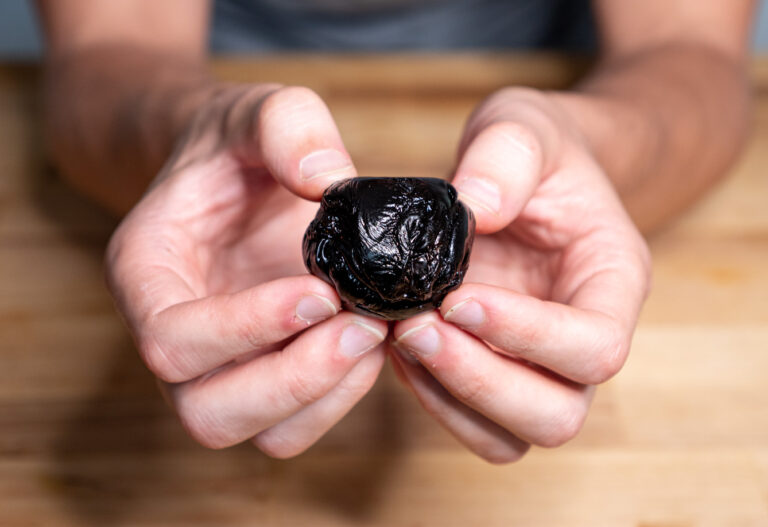
Websites claiming wild lettuce toxicity
The symptoms listed on the website VeryWellHealth cite the study above that is refuted by myself.
Two other websites, WebMD and Healthline also list symptoms mentioned in the study but have no source, so we don’t have much to go on there.
Latex-based allergic reactions to wild lettuce
The “latex” in wild lettuce is not the same as the “latex” that is commonly associated with latex allergies. Latex allergy typically stems from an allergy to the proteins of the Hevea (rubber tree) plant (which are not present in wild lettuce) or chemicals used in the processing of Hevea latex. (From OSHA – “Some synthetic rubber materials may be referred to as “latex” but do not contain the natural rubber proteins responsible for latex allergy symptoms.”) The main allergy of concern when it comes to wild lettuce is that some people experience contact dermatitis from the plant sap. You can read more about the reported contact dermatitis in this article. Be cautious if this is your first time working with the plant.
You can read more in the OSHA article on latex allergies.
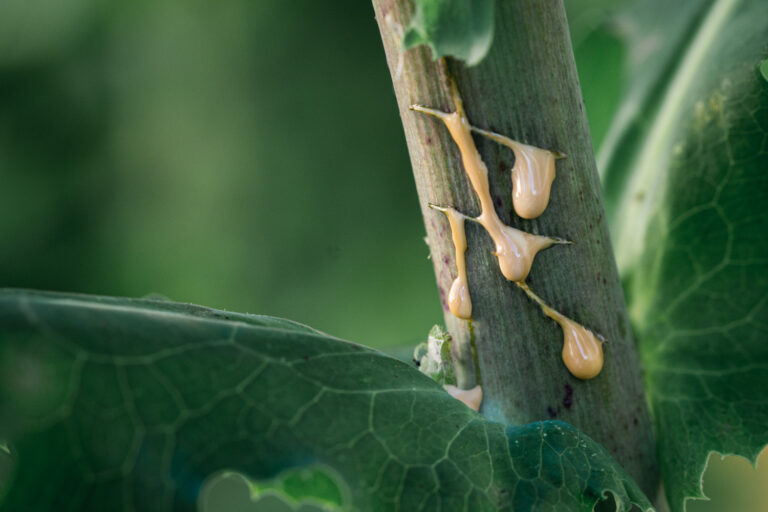
Other possible contraindications
Because wild lettuce is known to have sedative and pain-relieving effects, it would be wise to avoid consuming it if you are already taking pharmaceuticals with similar outcomes. As we said before, this is why one would want to consult with a medical professional.
Additionally, as with any species that is new to you, initial caution is always advised because you may have an allergy that you did not know about. Being a member of the Asteraceae family, if you have a known allergy to Asters, you will definitely want to avoid it.
Final thoughts and caution
Wild lettuce is an herb that I have used both as a food and traditional medicine. It is one that I am very comfortable with. I have developed this comfort over many years of working with various species of the genus Lactuca.
We present information that claims that wild lettuce may be toxic but provide a solid logic-based rebuttable with a reasonable alternative explanation. We looked at a pragmatic approach taking the toxicology report into account and also looked at other possible areas where additional caution may be exercised.
I continue to use and educate others on these wild plants as I believe they can be helpful to many people.



